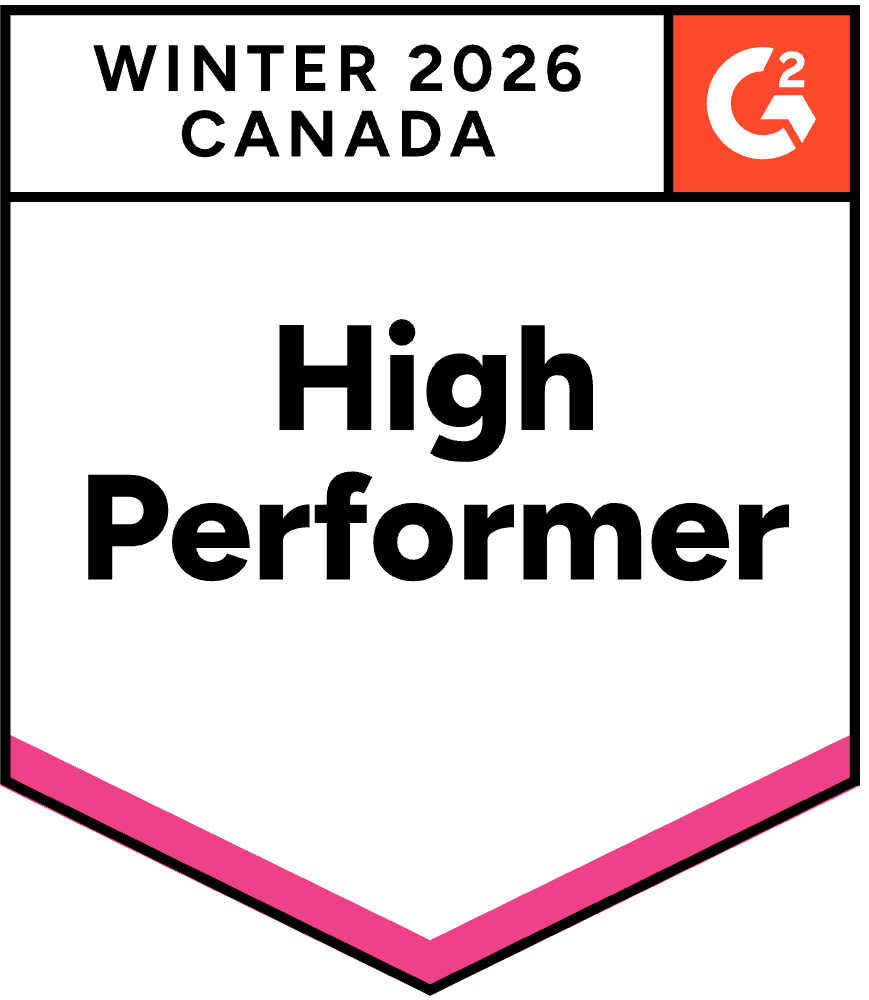A call center is more than just a service channel — it’s the frontline of your brand’s customer experience (CX). Every call, chat, or email is an opportunity to build trust, resolve issues, and create loyal advocates. But with so many moving parts, how do CX leaders know if their call center is truly performing at its best?
The answer lies in metrics. By tracking the right key performance indicators (KPIs), leaders can identify strengths, uncover pain points, and make data-driven decisions that elevate both the customer and employee experience. The challenge isn’t a lack of metrics — it’s knowing which ones actually matter.
In this blog, we’ll explore the top 8 call center metrics every CX leader should track. At the top of the list is the gold standard of call center performance — First Call Resolution (FCR). Why? Because when customers get their issues resolved on the first try, satisfaction rises, costs go down, and loyalty grows. Let’s start there.
1. First Call Resolution (FCR)
First Call Resolution (FCR) measures the percentage of customer interactions resolved during the first contact, without the need for follow-ups or escalations. In simple terms, it tells you how often customers leave the call center with their issue fully addressed on the first call.
FCR is widely regarded as the single most important call center metric because it captures the essence of what customers want: quick and effective resolutions. SQM research consistently shows that higher FCR directly leads to:
- Improved customer satisfaction and loyalty.
- Lower operating costs (fewer repeat contacts).
- Increased employee morale, as agents spend less time on repeat issues.
In fact, FCR is often considered the strongest predictor of overall customer experience in the call center.
How is FCR measured?
- Post-call surveys (asking, “Was your issue resolved during this call?”).
- Call monitoring and CRM data to track repeat contacts for the same issue.
- Root cause analysis to identify common reasons for repeat calls.
When you improve FCR, you’re not just solving customer problems faster — you’re building stronger relationships and setting the foundation for long-term loyalty.

2. Customer Satisfaction (CSAT)
Customer Satisfaction (CSAT) measures how happy customers are with a specific interaction or overall experience. It’s typically captured through a simple survey question, such as: “How satisfied were you with the service you received today?”
CSAT is one of the most widely used and trusted call center metrics because it reflects the customer’s perception in their own words. High CSAT scores often indicate that agents are delivering effective, empathetic service — while declining scores can be an early warning sign of process breakdowns, long wait times, or training gaps.
For CX leaders, CSAT serves as a quick “pulse check” of how well the call center is meeting customer expectations. When paired with FCR, it provides a powerful one-two punch: you’ll know not only if issues are being resolved, but also how customers feel about the experience.
How is CSAT measured?
- Include a one- or two-question survey immediately after the interaction.
- Use a simple scale (e.g., 1–5 or 1–10) to make it easy for customers to respond.
- Track results over time to identify trends and benchmark performance.
CSAT is about listening to the customer’s voice and acting on their feedback to deliver consistently positive experiences.
SQM's Post-Call CSAT Prediction QA Model uses AI technologies such as speech-to-text, large language model (LLM), natural language processing, and regression analysis to forecast CSAT with exceptional accuracy and agent fairness for evaluating their CX delivery.
At its core, SQM's Post-Call CSAT Prediction QA Model leverages advanced techniques to predict CSAT and determine customer sentiment. By analyzing various data points from customer interactions, the model predicts how customers are likely to rate their experience based on objective call center metrics and subjective behavioral patterns observed during the call.

4.6




 Stars on G2 for mySQM™ Auto QA Tool Reviews
Stars on G2 for mySQM™ Auto QA Tool Reviews












3. Net Promoter Score (NPS)
Net Promoter Score (NPS) measures customer loyalty by asking a single, forward-looking question: “How likely are you to recommend our company to a friend or colleague?” Customers respond on a scale of 0–10, which places them into one of three groups:
- Promoters (9–10): Loyal enthusiasts likely to recommend your brand.
- Passives (7–8): Generally satisfied, but not enthusiastic.
- Detractors (0–6): Unhappy customers who may churn or share negative feedback.
Your NPS is calculated by subtracting the percentage of detractors from the percentage of promoters.
Unlike CSAT, which measures satisfaction with a single interaction, NPS provides insight into the long-term relationship customers have with your brand. It reveals whether customers see enough value in your company to recommend it to others — one of the strongest indicators of true loyalty.
For call centers, NPS can be a powerful complement to other metrics. For example, if FCR and CSAT are high but NPS is lagging, it could indicate broader issues with product quality, pricing, or policies outside the call center’s control.
How is NPS measured?
- Deploy an NPS survey periodically (monthly, quarterly, or after key interactions).
- Segment responses by channel, product line, or customer type for deeper insights.
- Monitor both the score itself and the verbatim feedback customers provide.
When CX leaders track NPS alongside FCR and CSAT, they gain a more complete picture of customer satisfaction today and customer loyalty tomorrow.

4. Customer Effort Score (CES)
Customer Effort Score (CES) measures how easy it is for customers to resolve their issues. It’s usually gathered through a simple survey question such as: “How easy was it to get your issue resolved today?” with responses ranging from “very easy” to “very difficult.”
Customers don’t want to struggle with complex processes, repeat themselves, or jump through hoops to get answers. Research shows that reducing customer effort is one of the strongest drivers of loyalty — often more so than delighting customers with extra perks. High effort leads to frustration, churn, and negative word-of-mouth.
For call centers, CES shines a light on how seamless the resolution process is from the customer’s perspective. It helps identify barriers like confusing IVR menus, long transfers, or insufficient agent empowerment.
How is CES measured?
- Ask the CES question immediately after the interaction via phone, email, or chat survey.
- Track scores over time and segment by issue type or channel.
- Pair CES results with call recordings or analytics to understand the “why” behind the score.
Improving CES ensures customers feel valued, respected, and cared for — without unnecessary friction.

5. Average Handle Time (AHT)
Average Handle Time (AHT) measures the average duration of a customer interaction, including talk time, hold time, and any post-call follow-up.
AHT has long been a staple in call center reporting because it reflects operational efficiency. However, it’s a metric that must be handled with care. While shorter handle times can reduce costs and wait queues, focusing too heavily on speed can compromise service quality. The real goal is to balance efficiency with effectiveness.
How is AHT measured?
- Calculate AHT by dividing the total handle time across all calls by the number of calls handled.
- Analyze AHT trends across agents, teams, and call types.
- Use it in context alongside FCR and CSAT to avoid drawing misleading conclusions.
When used correctly, AHT is less about pushing agents to rush and more about designing processes that make efficient, high-quality service the natural outcome.

6. Call Abandonment Rate
Call Abandonment Rate measures the percentage of customers who hang up before connecting with an agent.
High abandonment rates are often a symptom of poor accessibility. They usually indicate long wait times, confusing IVR systems, or customers giving up out of frustration. Every abandoned call represents a missed opportunity to resolve an issue, and in many cases, a risk of losing the customer altogether.
How is Call Abandonment Rate measured?
- Divide the number of abandoned calls by the total number of inbound calls.
- Track abandonment by time of day, queue, and call type to identify patterns.
- Look for spikes during peak hours or after IVR changes.
Reducing abandonment rate not only improves customer accessibility but also increases the chances of resolving issues on the first try, reinforcing loyalty and trust.

7. Service Level
Service Level is the percentage of calls answered within a predefined timeframe — for example, 80% of calls answered within 20 seconds. It’s one of the most common benchmarks used to evaluate call center accessibility.
Service Level reflects how quickly customers can reach a live agent, which directly impacts the overall customer experience. Long wait times create frustration, increase abandonment rates, and put additional stress on agents once the call begins. A strong Service Level, on the other hand, signals responsiveness and reliability.
For leaders, Service Level is also a critical workforce management tool. It helps ensure staffing aligns with demand while balancing customer expectations and operating costs.
How is Service Level measured?
- Track the percentage of calls answered within your target timeframe.
- Segment results by time of day, day of week, or campaign type for more actionable insights.
- Compare against industry benchmarks, but tailor targets to your customers’ expectations.
When managed effectively, Service Level ensures customers feel valued the moment they reach out — and sets the tone for a positive interaction.

8. Agent Performance & Quality Scores
Agent Performance and Quality Scores measure how effectively agents handle customer interactions. This includes evaluating compliance, communication skills, problem-solving ability, and overall professionalism. Scores are often derived from call monitoring, QA evaluations, or AI-driven analytics.
Your agents are the voice of your brand. Even with strong processes and technology, the human element of customer service is what customers remember most. High-quality interactions build trust, improve FCR, and drive customer satisfaction, while inconsistent service erodes confidence.
From a leadership perspective, Quality Scores provide a structured way to identify coaching opportunities, recognize top performers, and ensure compliance with company policies and regulations.
How is Agent Performance measured?
- Use a balanced QA program that evaluates both technical accuracy and soft skills.
- Leverage speech analytics and AI-based scoring to assess 100% of interactions.
- Pair quality monitoring with direct customer feedback for a complete view.
By investing in agent performance, call centers not only raise the quality of customer interactions but also foster a culture of accountability, growth, and pride among employees.

